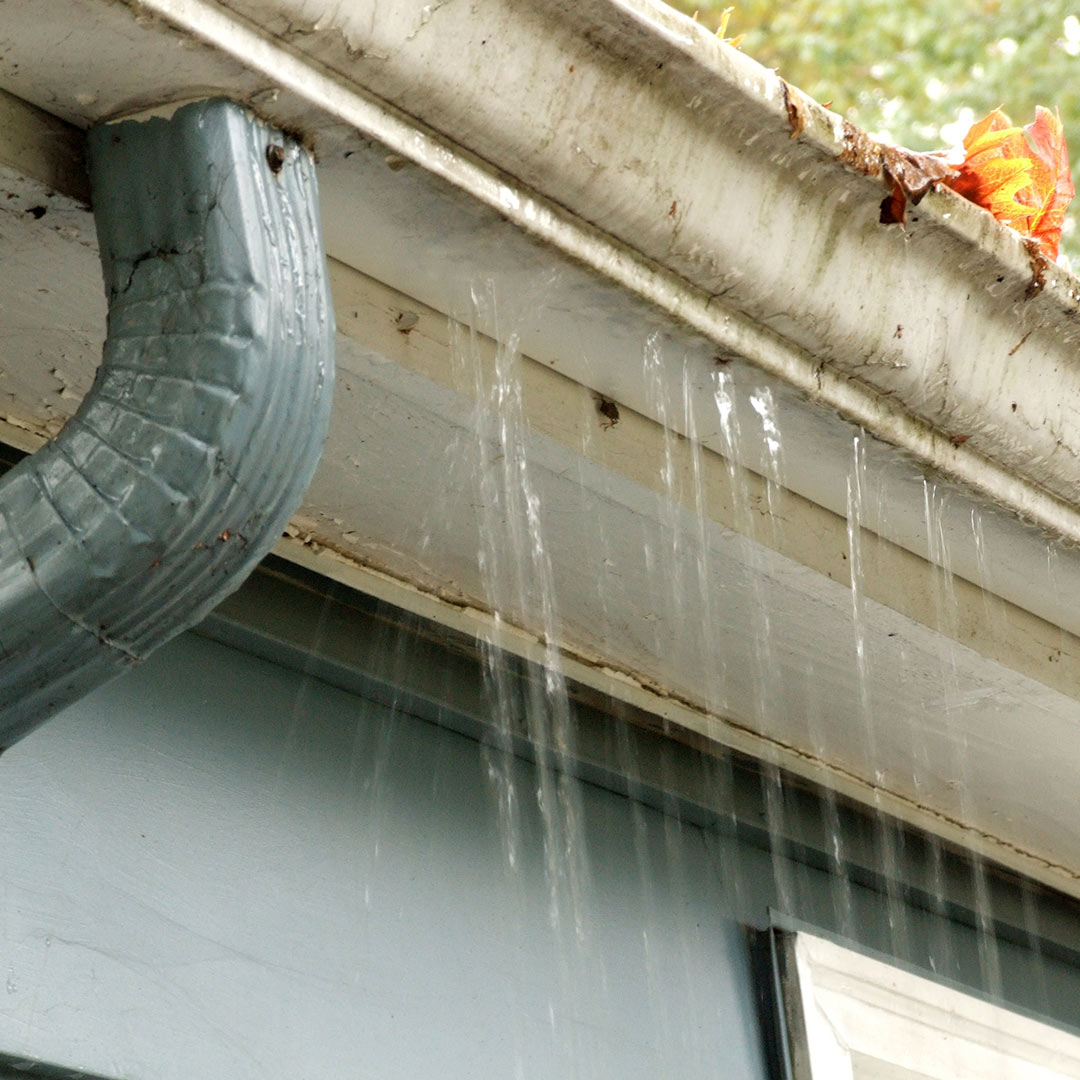Overflowing gutters are a common problem that can lead to severe damage to your home. When gutters are clogged, water cannot flow freely and can back up into your roof, causing leaks, rotting, and structural damage. In addition, overflowing gutters can also attract pests and rodents, which can further damage your home and create health hazards.

Image: www.universalwindowsdirect.com
If you have overflowing gutters, there are a few things you can do to fix the problem. First, check for clogs. Common causes of clogs include leaves, twigs, dirt, and debris. You can remove clogs by hand or using a garden hose with a spray nozzle. If you have a lot of clogs, you may need to use a gutter cleaning tool.
Steps to Fix Overwhelmed Gutters
1. Inspect Your Gutters Regularly
The best way to prevent overflowing gutters is to inspect them regularly and clean them as needed. You should inspect your gutters at least twice a year, in the spring and fall. If you live in an area with a lot of trees, you may need to inspect your gutters more often.
2. Clear Debris from Gutters
When you inspect your gutters, look for any debris that may be clogging them. Common causes of clogs include leaves, twigs, dirt, and debris. You can remove clogs by hand or using a garden hose with a spray nozzle. If you have a lot of clogs, you may need to use a gutter cleaning tool.

Image: www.rollex.com
3. Check for Damage
In addition to checking for clogs, you should also inspect your gutters for any damage. Common causes of damage include rust, holes, and cracks. If you find any damage, you should repair it as soon as possible to prevent further damage to your gutters.
4. Install Gutter Guards
Gutter guards are a great way to prevent clogs from forming in your gutters. Gutter guards are available in a variety of materials, including plastic, metal, and mesh. They are installed over your gutters and help to keep leaves, twigs, and other debris out. If you live in an area with a lot of trees, gutter guards are a good investment.
5. Slope Your Gutters Properly
The slope of your gutters is important for proper drainage. Gutters should be sloped at a rate of 1/4 inch per foot. This allows water to flow freely and prevents water from backing up into your roof.
6. Extend Downspouts Away from Your Home
Downspouts are the pipes that carry water from your gutters to the ground. It is important to extend your downspouts away from your home to prevent water from damaging your foundation. Downspouts should be extended at least 4 feet away from your home.
7. Consider Underground Drainage
Underground drainage systems are a great way to get rid of water from your gutters and downspouts. Underground drainage systems consist of a series of pipes that carry water away from your home to a storm drain or dry well.
How To Fix Overflowing Gutters
Conclusion
Overflowing gutters can cause a number of problems for your home. By following the tips in this article, you can prevent overflowing gutters and protect your home from damage.
If you have any questions about fixing overflowing gutters, you can contact a qualified roofing contractor.